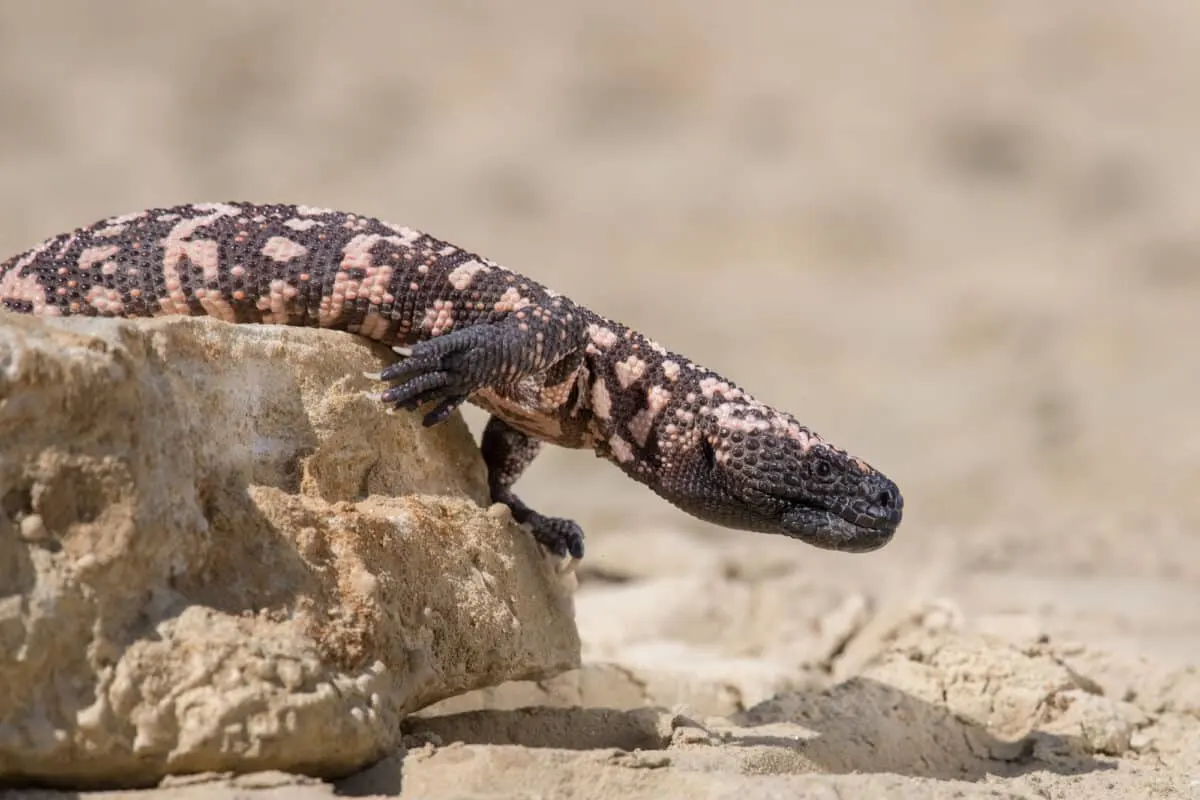As one of the most iconic reptiles in the American Southwest, the Gila monster has long fascinated and intrigued with its distinctive appearance and unique adaptations. However, this remarkable creature is increasingly threatened as its natural habitats face unprecedented challenges. This article explores the multifaceted issues contributing to the decline of Gila monsters in their native regions, shedding light on the urgent need for concerted conservation efforts.
Understanding the Gila Monster: A Brief Overview
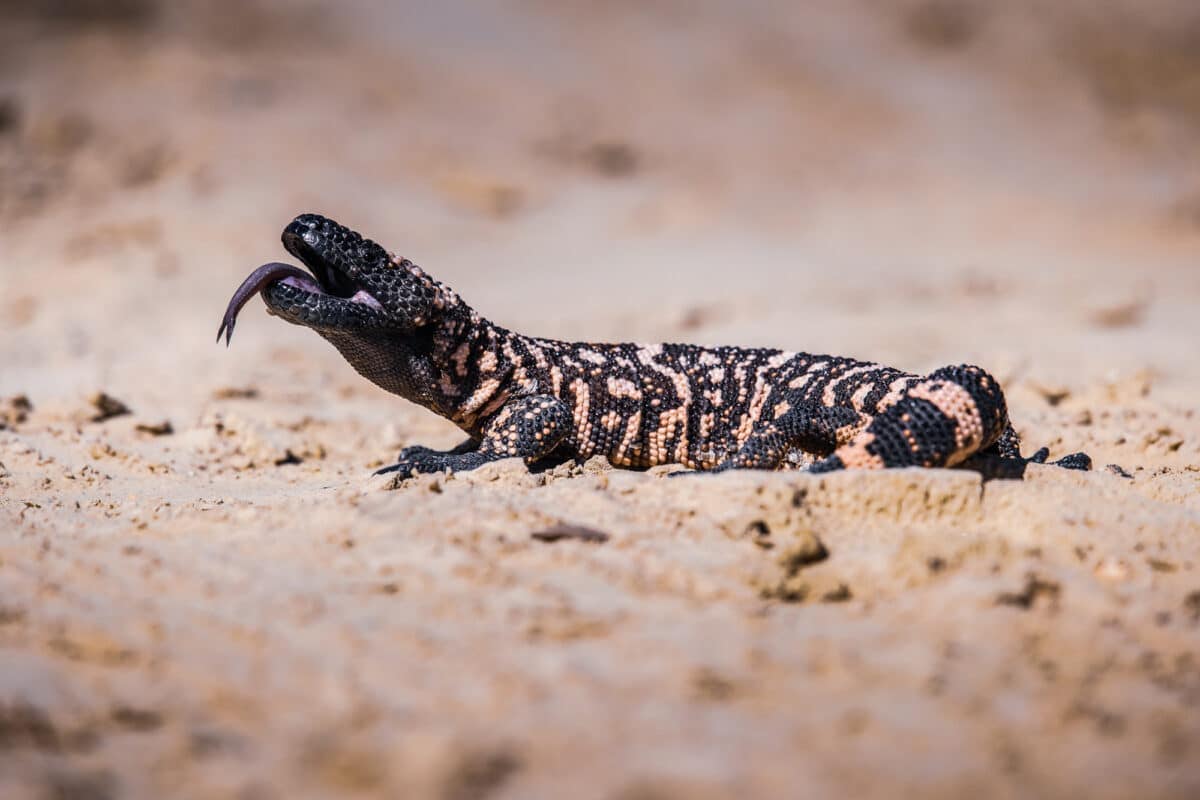
The Gila monster (Heloderma suspectum) is one of the only two venomous lizards native to North America. Recognizable by their robust bodies and bead-like skin patterns of black and orange or pink, these reptiles can grow to about 2 feet in length. They are adapted to arid environments, primarily inhabiting deserts and semi-deserts in the southwestern United States and northwestern Mexico.
The Historical Range of the Gila Monster

Historically, Gila monsters roamed across a significant range comprising parts of Arizona, Nevada, Utah, and New Mexico. They were named after the Gila River basin in Arizona, which once provided a perfect environment for their existence. However, their range has been reduced over time due to various human activities.
Habitat Loss: A Leading Cause of Decline
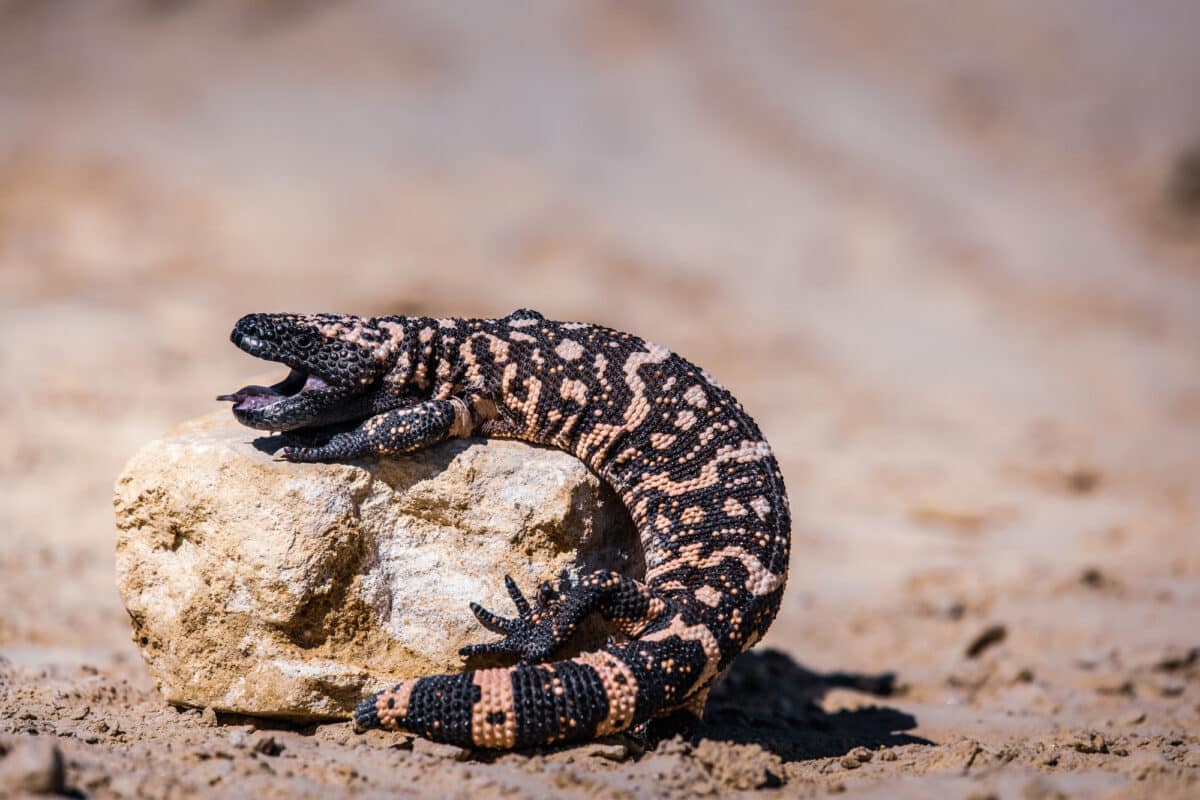
Habitat loss is the primary threat to Gila monsters, primarily due to urban development, agriculture, and mining activities. As human settlements expand, the natural desert and semi-desert environments are fragmented, significantly reducing the areas these lizards can inhabit. In Arizona alone, sprawling cities and advancing infrastructure have reshaped the traditional landscapes Gila monsters once called home.
Climate Change and Its Impact
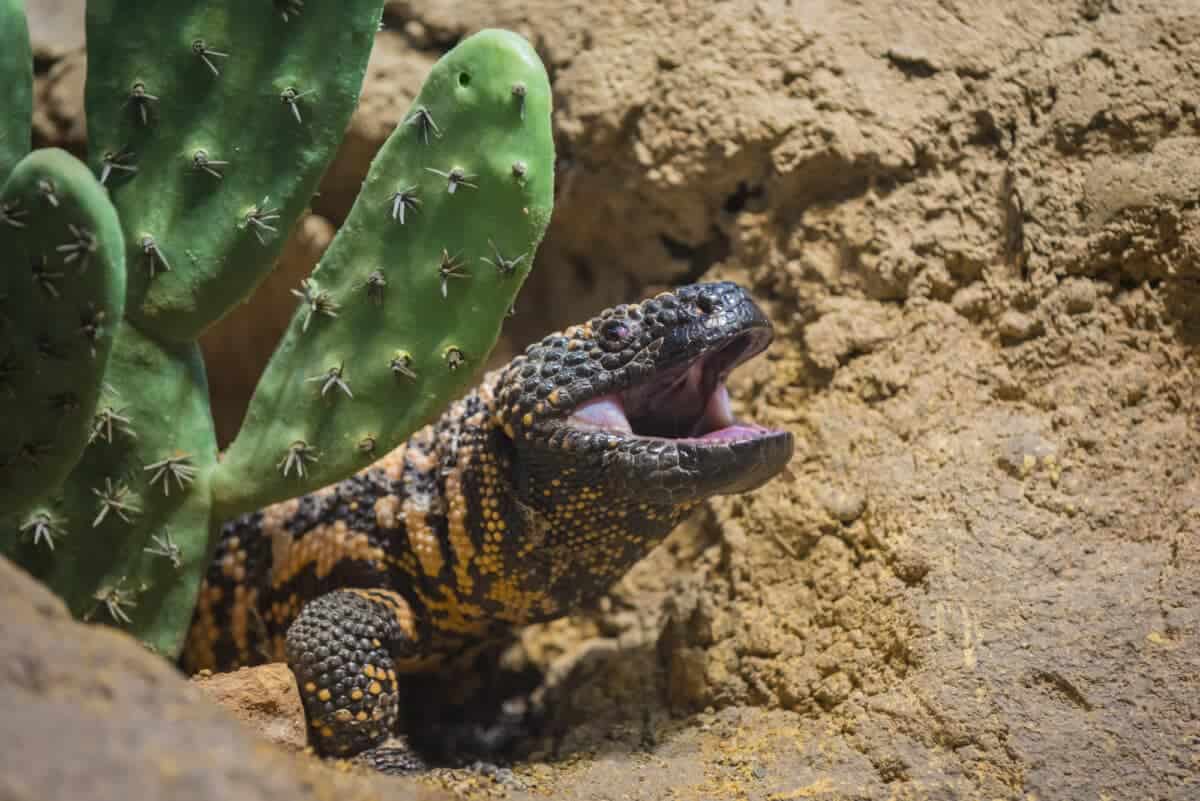
Climate change poses another critical challenge to the survival of Gila monsters. Rising temperatures and shifting precipitation patterns can alter the delicate desert ecosystems they depend on. The altered climate affects the availability of food resources such as eggs, small mammals, and birds, influencing the survival rates of young Gila monsters.
Behavior and Lifestyle

Gila monsters lead a largely sedentary lifestyle, spending an estimated 95% of their lives underground. They emerge primarily to forage for food and breed. This reclusive behavior, while beneficial for conservation of energy, leaves them particularly vulnerable to habitat disturbances and the effects of environmental changes.
Ecological Role of the Gila Monster

Despite their elusive nature, Gila monsters play a vital role in the desert ecosystems. As efficient predators, they help maintain the balance of prey species. Their presence is also an indicator of the overall health of their habitat, making them crucial for ecological monitoring.
Human Interactions and Misconceptions

Additionally, Gila monsters are often subject to unwarranted fear due to their venomous nature. However, they are generally docile and only bite in self-defense. Unfortunately, misinformation leads to unnecessary killings, further impacting their populations. Raising public awareness about the actual behavior and ecological importance of Gila monsters could reduce these harmful interactions.
Conservation Efforts and Challenges
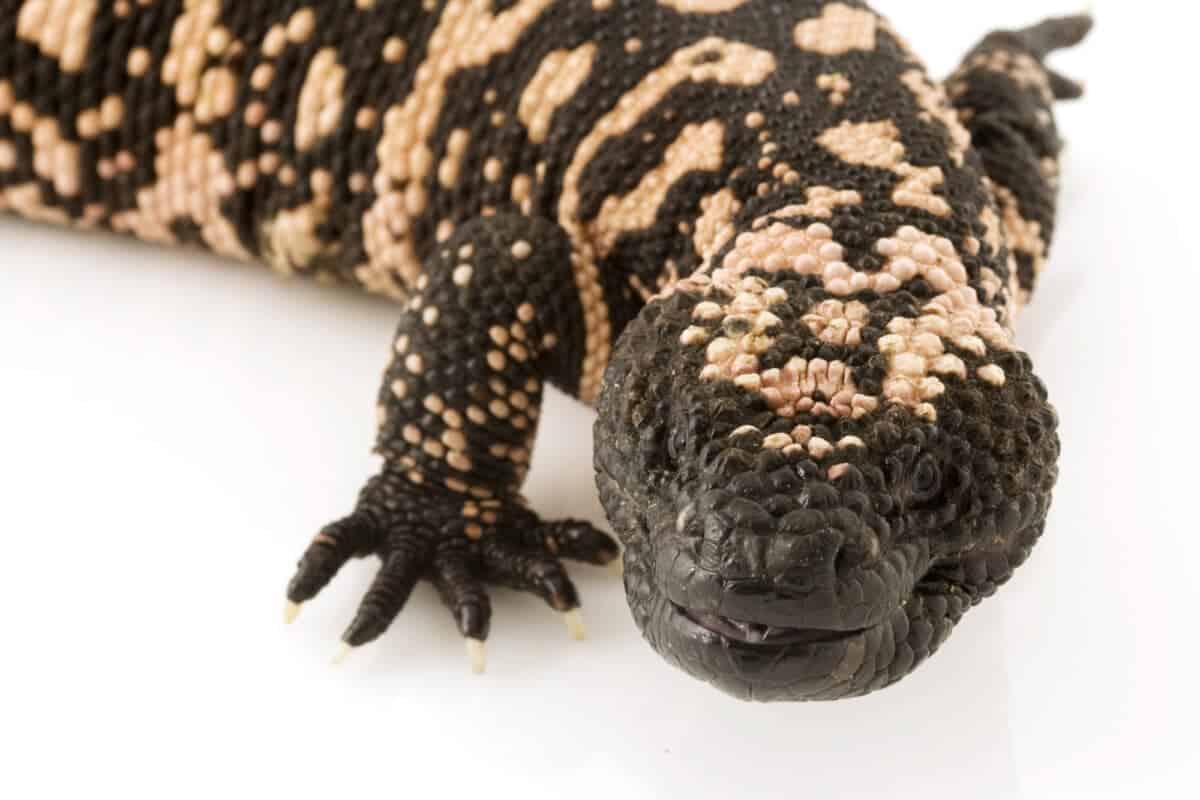
Conservation initiatives are in place to protect the dwindling populations of Gila monsters. Protected areas such as national parks and wildlife reserves offer safe havens. Despite these efforts, challenges remain due to limited funding and resources for effective monitoring and management.
Legal Protections and Policies

Gila monsters are listed under the Convention on International Trade in Endangered Species (CITES) to prevent over-exploitation. They enjoy protection under various state laws in the U.S., which impose penalties for harm or harassment. However, enforcement of these laws can be challenging in remote areas.
Research and Education: Keys to Future Survival
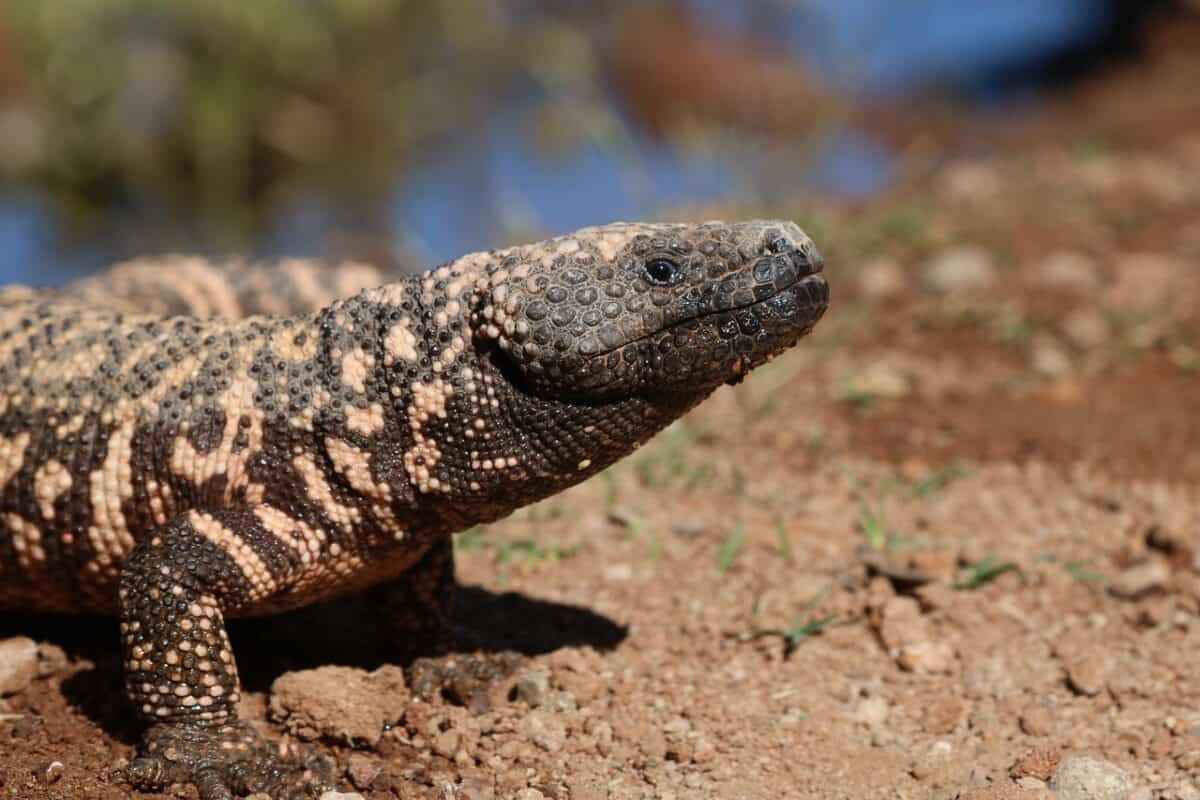
Scientific research is crucial for understanding the biological and ecological needs of Gila monsters, which can inform conservation strategies. Educational programs aimed at local communities can demystify these reptiles, fostering coexistence and promoting active conservation participation.
The Role of Citizen Science
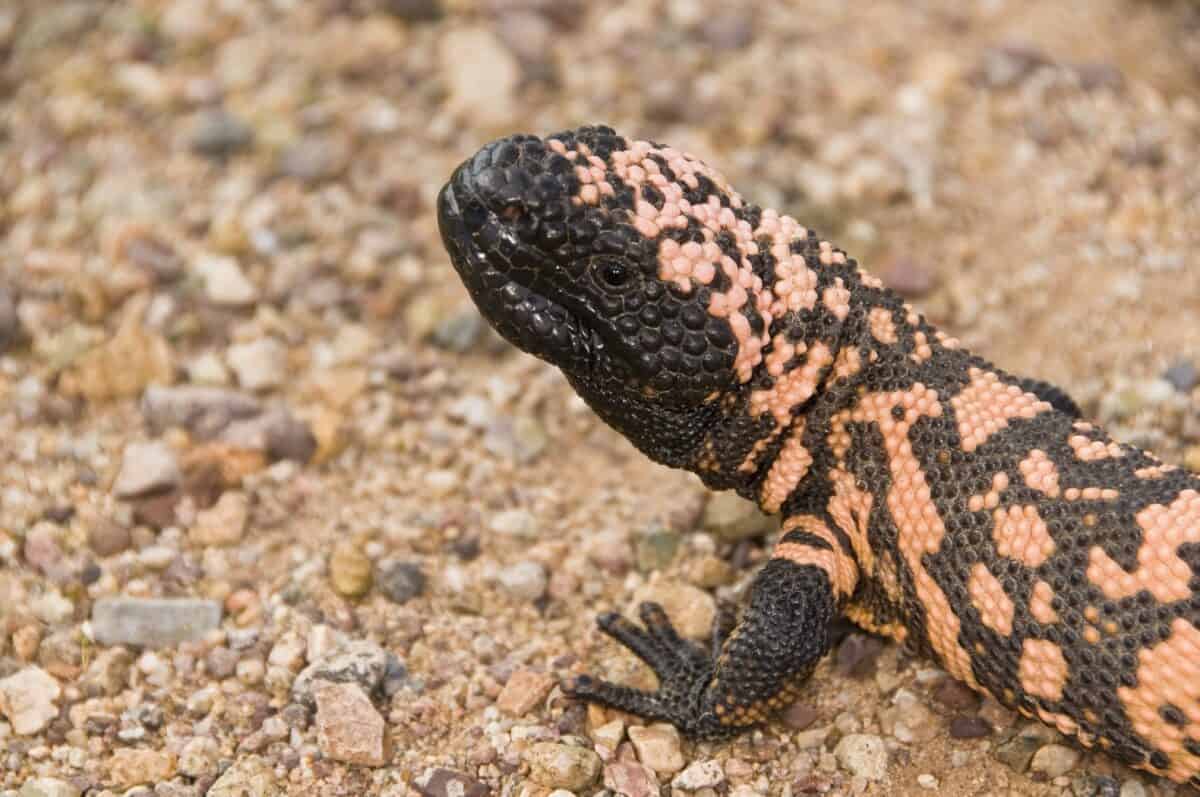
Citizen science projects have proven instrumental in collecting data on Gila monster populations and distribution. Engaging local communities and enthusiasts in monitoring efforts has supplemented formal research, providing valuable insights into the dynamics of these elusive creatures.
Looking Ahead: Future Prospects and Actions

The future of Gila monsters depends on a comprehensive approach that combines habitat protection, climate adaptation strategies, public education, and supportive legislation. Collaborative efforts involving scientists, policymakers, and conservation organizations hold the key to preserving this unique species for future generations.
Conclusion: Protecting a Southwestern Icon

The plight of the Gila monster highlights the interconnectedness of natural ecosystems and the impacts of human activities. By conserving these remarkable creatures, we contribute to the preservation of the broader ecological health of the American Southwest. It is imperative that we continue to foster understanding and enact measures to safeguard the living legacy of the Gila monster.
- Animals We Eat (That Were Once Worshipped by Ancient Civilizations) - August 10, 2025
- What Scientists Found in Ice Cores From Alaska Will Shock You - August 9, 2025
- How Water Scarcity Could Spark Mass Migration in America - August 9, 2025

